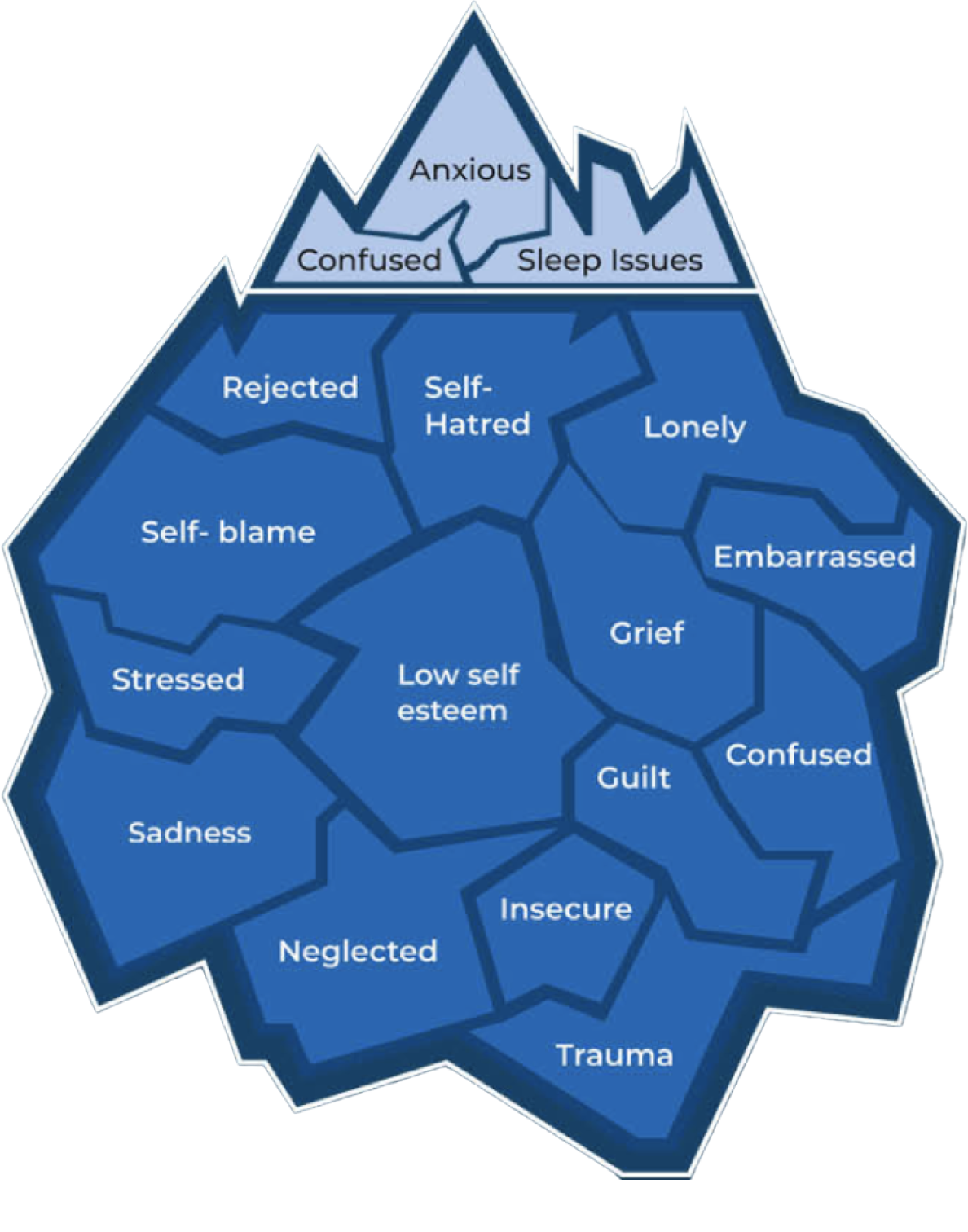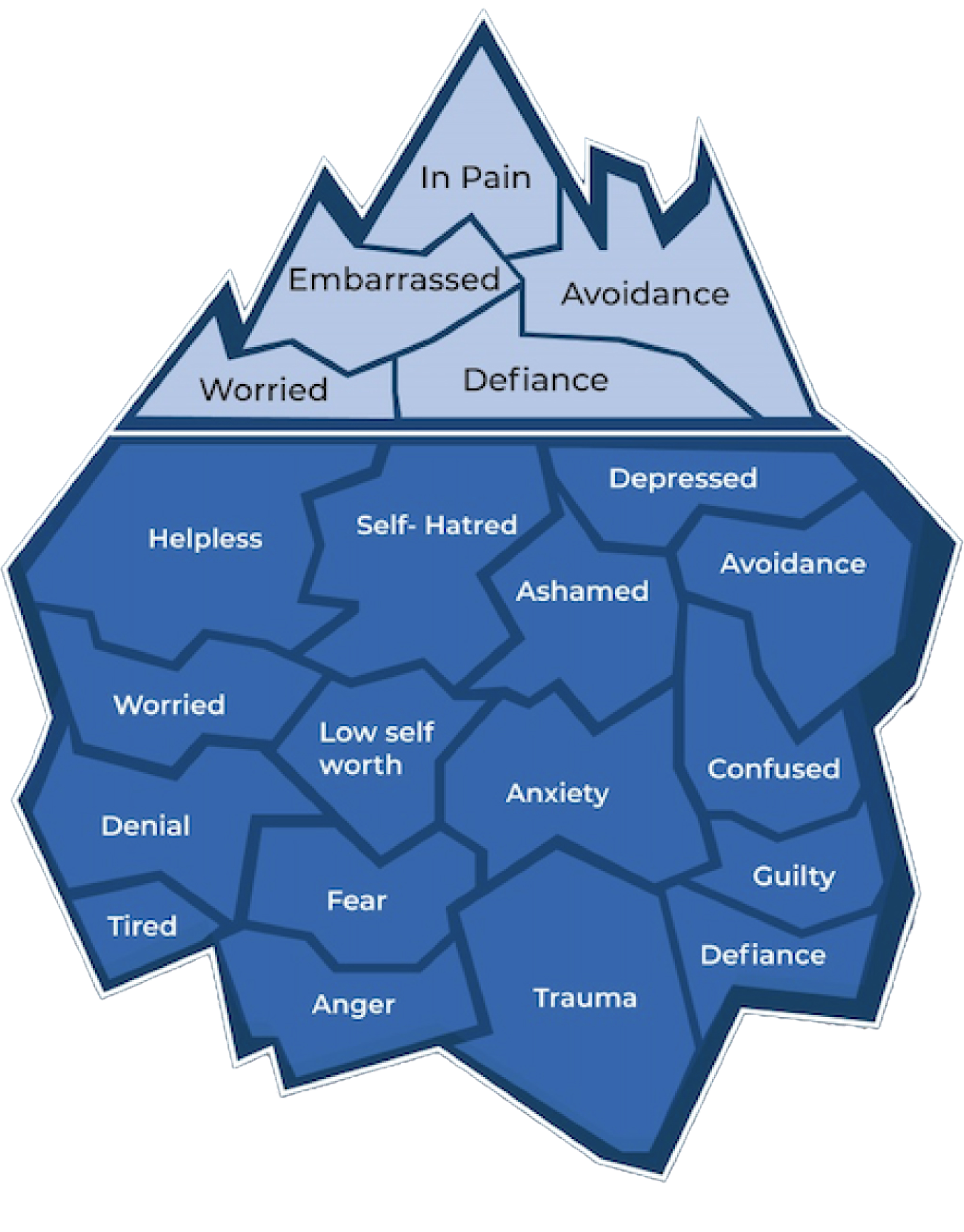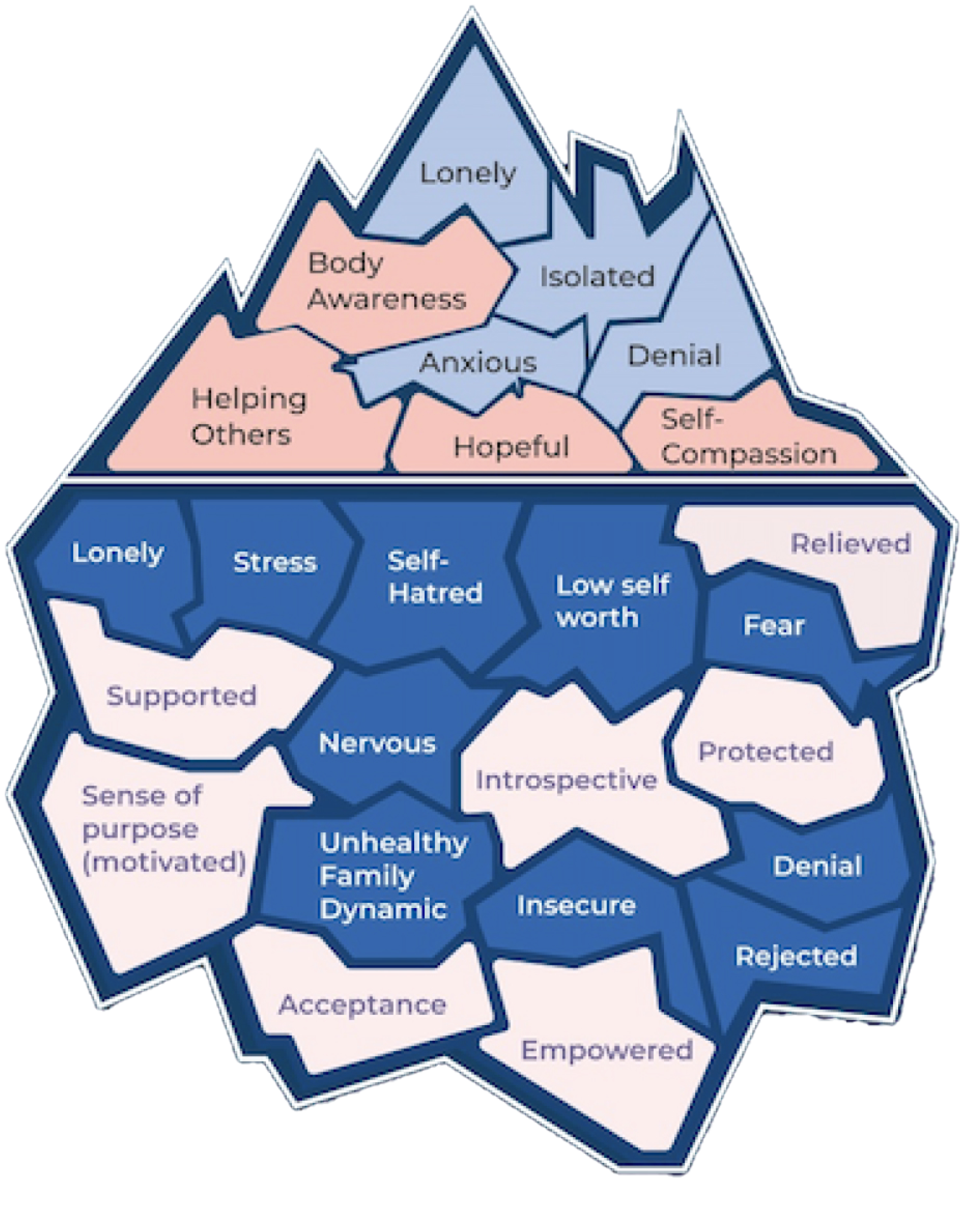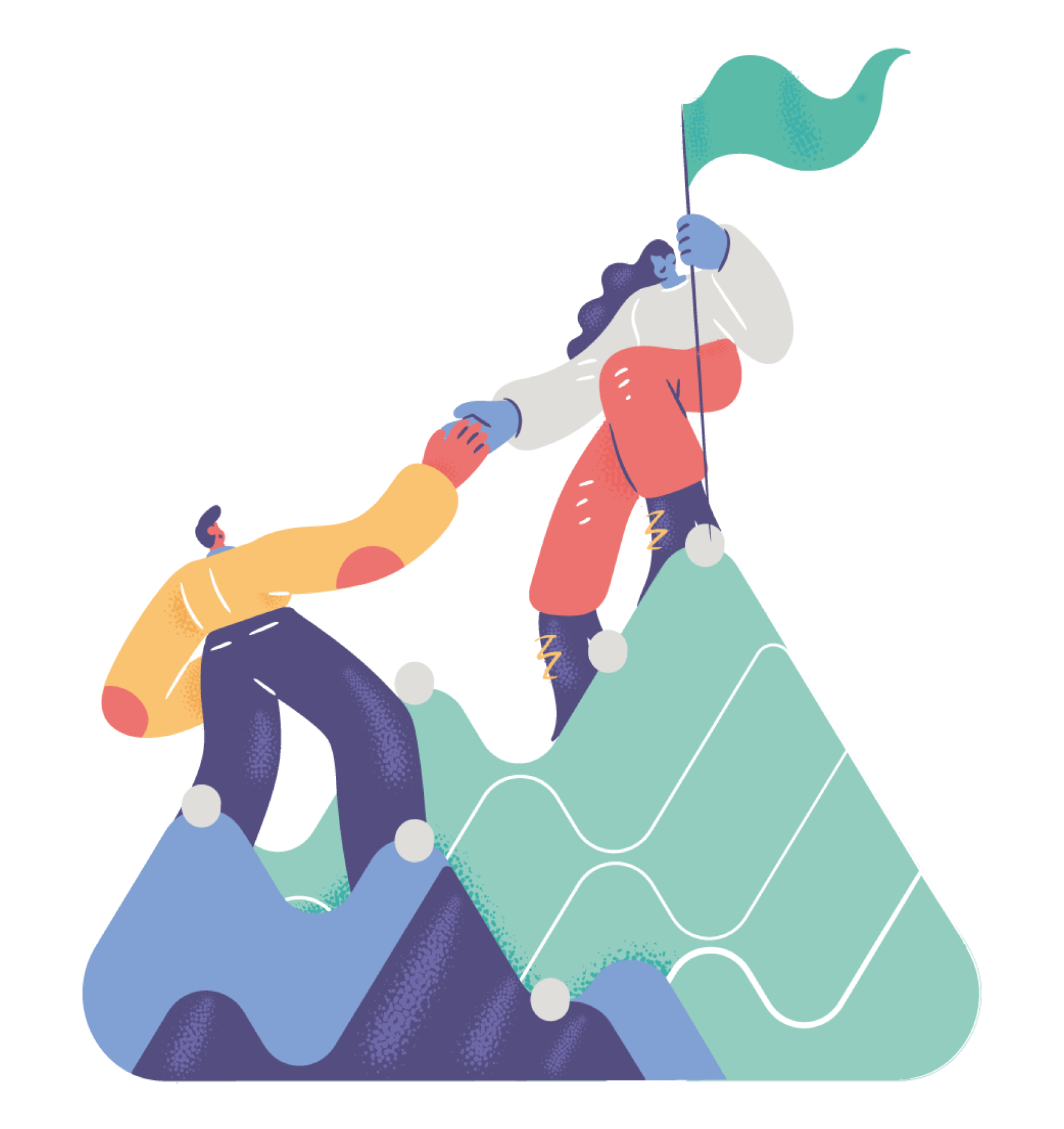Despite challenges, Sally is determined to get better. She is working to change her people, places, and things. She begins attending support group meetings again. Here, she is relieved to have a support network, feels less lonely, isolated, and judged.













